How a centuries-old dollhouse — and a brilliant museum — opened the door to art for two young hearts.
Most people — including myself, if I’m honest — would probably think it a little foolish to take a six-year-old and a three-year-old to a first-rate art museum dedicated to a 17th-century Dutch master.
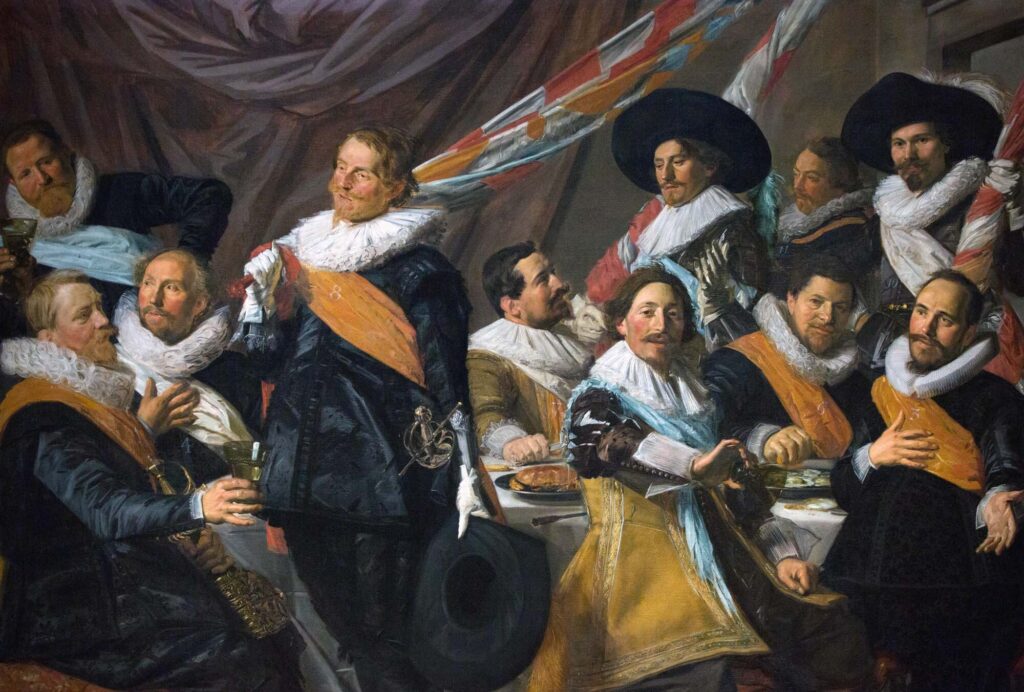
I certainly wasn’t expecting them to fall in love with it.

And yet today, at the Frans Hals Museum in Haarlem, that’s exactly what happened.
Thanks to the museum’s creativity and imagination, two young kids were not only welcomed, but fully invited to explore, connect, and delight in a world that — until today — would have seemed impossibly far from their own.
A Brief Portrait: Frans Hals and His Legacy
Frans Hals, born in Antwerp in 1582 and later based in Haarlem, is considered one of the greatest portrait painters of the Dutch Golden Age. Known for his loose brushwork, vivid characterizations, and lively group scenes, Hals captured the spirit of his sitters in ways that still feel astonishingly fresh today.

The museum that bears his name houses an extraordinary collection of his works — alongside those of his contemporaries — in a beautifully restored setting that lets visitors walk through centuries of history and artistry.
A Dollhouse That Sparked a Journey
Our visit to the Frans Hals Museum was initially sparked by a different kind of masterpiece: a remarkable 17th-century dollhouse. Thanks to advice from my fellow college classmate and Flemish art curator Arthur Wheelock, I had heard about its intricate craftsmanship and thought it might just be the perfect thing for my grandchildren to see — a way to open a door into the art of another era, sized just for them.

The dollhouse, assembled by Sara Rothé in the early 18th century, is nothing short of astonishing.
It features twelve meticulously furnished rooms across multiple floors, including a kitchen stocked with over 250 miniature items, a doctor’s room filled with tiny apothecary jars and books, and a silk-lined parlor known as the Red Moiré Room. Every detail — from the silver utensils to the embroidered linens — reflects the artistry, luxury, and daily life of the Dutch Golden Age.
Originally, dollhouses like this weren’t toys for children. They were serious, expensive projects for wealthy women — miniature showcases of taste, imagination, and status.
And yet today, standing in front of this dollhouse, it wasn’t just the adults who marveled. Thanks to the museum’s characteristic creativity, an interactive display beside the dollhouse invited young visitors (and curious grownups) to dive even deeper.
Simple but brilliant questions — like “Can you find the hidden toilet?” — transformed the exhibit into a delightful scavenger hunt of its own, encouraging careful looking, curiosity, and playful discovery.
For my grandchildren, it was perfect: Art that invited them to look closer, think differently, and see a 300-year-old world through their own fresh, wondering eyes.
In many ways, it set the tone for the entire visit. What began as a simple desire to show them a dollhouse became an afternoon of connection, exploration, and joy — a living reminder that when museums meet young minds where they are, the results can be pure magic.
Planning for Little Hands and Big Imaginations
What struck me most throughout the rest of the museum was not just the paintings — though they were magnificent — but how much thought had been given to its youngest visitors.
Here’s what they offered — and why it mattered so much:

- Portable Audio Play:
Each of us received a handheld audio guide, which could be pointed at small symbols beneath selected paintings.
Although the commentary was designed for adults, the act of finding the symbols, connecting the device, and holding it up to their ears became an exciting game for my grandchildren. They loved the challenge — it turned looking at art into an active treasure hunt.
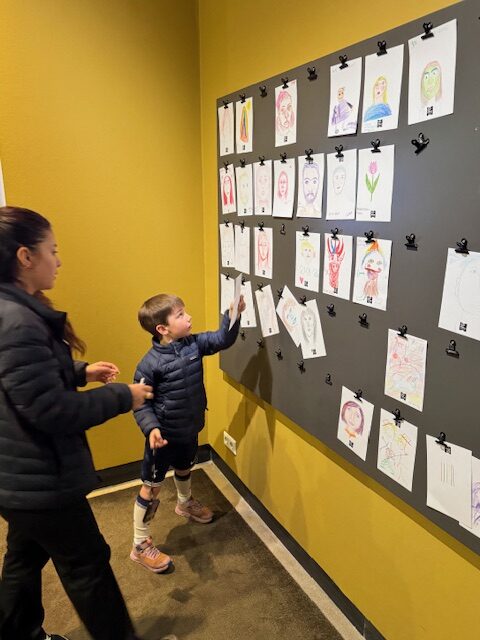
- Art-Making Table:
In one room, a big table sat waiting with colored pencils, paper, and plenty of chairs. Kids could sit down and draw whatever they wanted — inspired by what they had seen, or whatever their imaginations dreamed up. When they finished, they could proudly hang their creations on a wall for all to see.
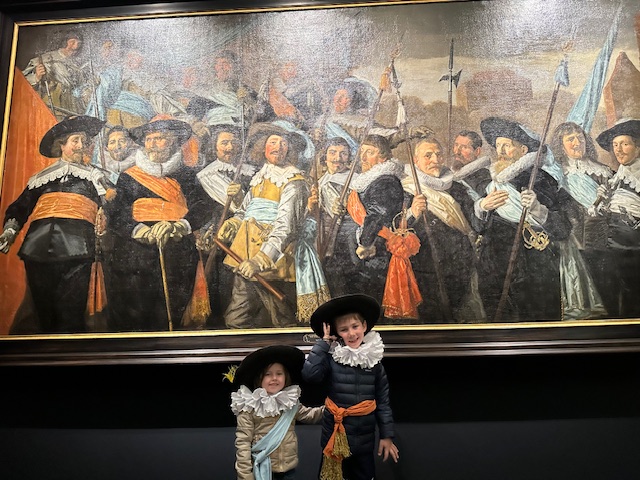
- Dress-Up Room:
In one extraordinary gallery lined with massive portraits, the museum provided period costumes: medieval-style coats, frilled collars, dashing hats, and scarves. Watching my grandchildren dress up and step into the world of the paintings was pure delight — they became part of the art itself.
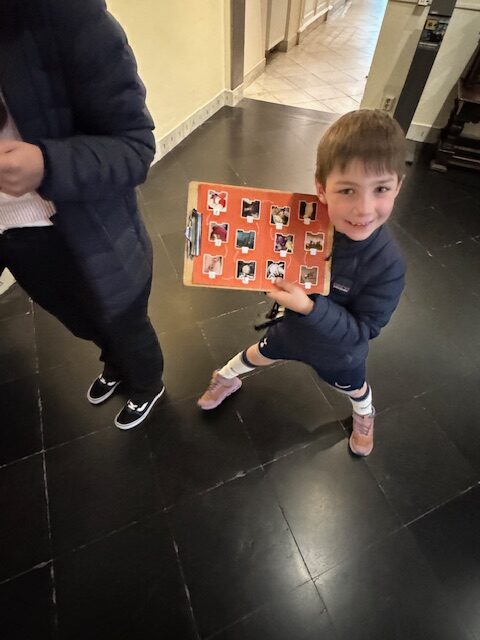
- Scavenger Hunt Adventure:
At the entrance, the kids received a scavenger hunt map, challenging them to find specific objects, animals, and faces hidden in the paintings. They worked at it diligently, hunting through room after room with eager eyes.
And when they proudly turned in their completed sheets at the museum shop, they were rewarded with a choice of postcards — tangible little treasures they had truly earned.
Reflection: Seeing Art Differently
Today reminded me that art isn’t reserved for those who already understand it. Art — real art — invites everyone in.
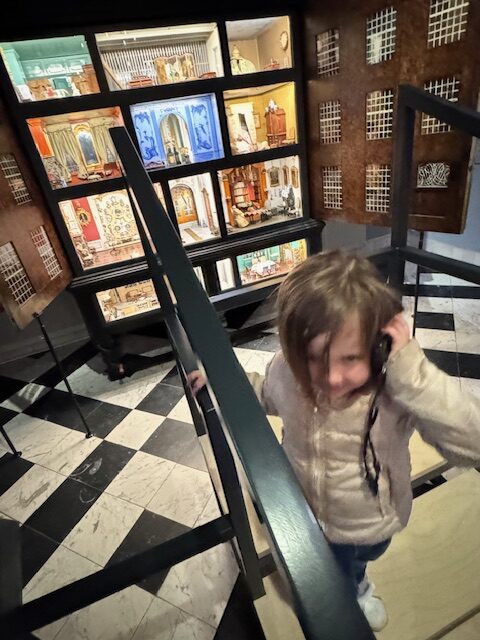
The Frans Hals Museum didn’t just make room for children today. It welcomed them with open arms and trusted that even very young hearts could find joy, curiosity, and connection among centuries-old canvases.
My grandchildren didn’t just visit a museum today. They found themselves in it — in laughter, in exploration, in moments of awe that needed no translation.
And maybe, just maybe, they fell a little bit in love with a 17th-century master too.

This is so wonderful to expose children early on to The world of art. This museum did it so well. I want to go too, now.
It also reminded me of the Butchart Gardens experience for my granddaughter on Sat. Where the children all got sheets and a map and had to find all the bunnnies with a pink bow around the neck-and they were scattered around the whole area-some. Harder to find than others. The reward came later -a kinder-egg or some sort. So, it was the same principle here and there. Exposure to these kinds of scenes/events etc. truly gives kids a heads up in this amazing world we are fortunate to live in.
Wow! What a wonderful way to introduce children to art and museums.
Thank you for sharing this experience with us. You gave your grandchildren an amazing experience and introduction to art.
What a great way to expose children to art! Never underestimate the joy of a scavenger hunt!